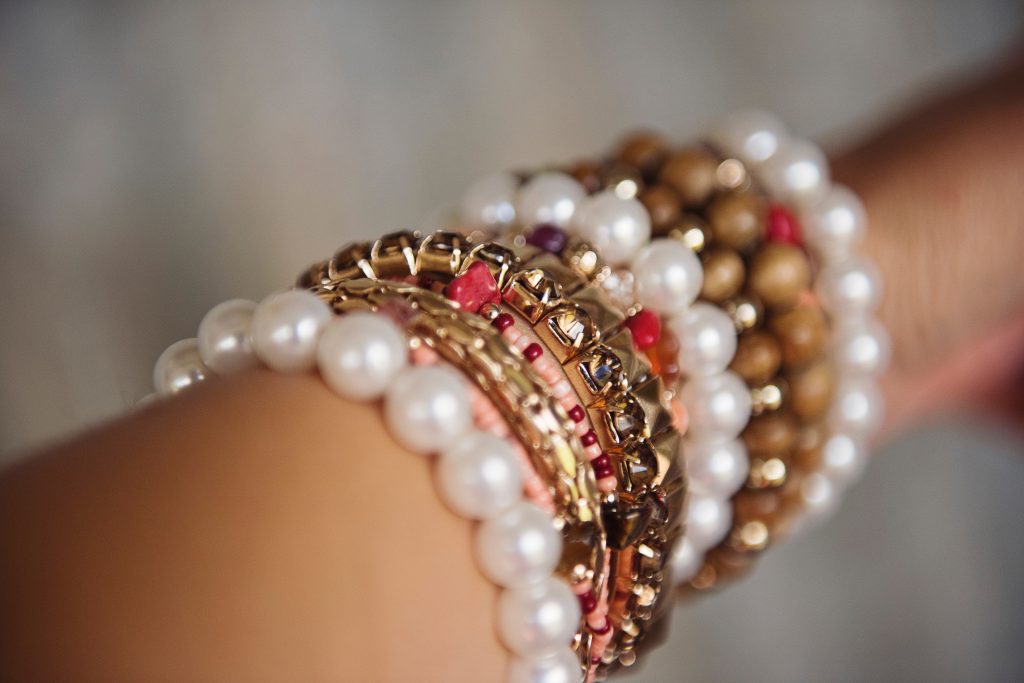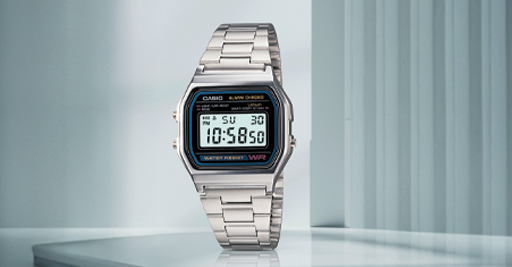Crimping 101: How to Use Crimp Tubes and Crimp Covers?

Gold-filled crimp tubes and gold-filled crimp covers are offered in a wide range of diameters for beading wire. Crimp size preferences can be developed over time as you acquire experience and get familiar with the various wires you work with.
Stringing a beaded item (such as a bracelet or necklace) on beading wire necessitates crimp beads. You’ll need crimp beads to hold the clasp at the jewelry’s end. They can be used in place of or in conjunction with one another to keep the knot inside the bead tip.
Crimp tubes aid in attaching a piece of jewelry to other jewelry components. Ensure the beads don’t fall off by crimping wire on both ends if you’re constructing beaded jewelry yourself.
What Are Crimp Tubes?
Many jewelry makers like using crimp tubes over crimp beads. This is because tubes are more durable than crimp beads, which can sometimes break easily. Tubes may be better able to hold beading wire because of their high internal surface area.
You may also use crimp tubes with pliers to make your crimps look more like beads in your design rather than tubes. On the other hand, Crimp beads can be more cost-effective than tubes. If you have a limited budget, consider utilizing beads in your patterns.
Crimp tubes are available in a wide range of diameters and lengths. Some beaders prefer longer crimp tubes due to the higher surface area. On the other hand, shorter crimps are easier to attach and less ugly.
What Are Crimp Covers?
Crimp covers hide the crimp tubes you use in your precious jewelry designs. They keep your jewelry free of clothes snags, giving it a more polished appearance.
These are meant to be slipped over crimp beads/tubes and then closed with pliers. What you’re left with is a tidy cap over your crimp. This can be mistaken for a regular bead at first glance. As a result, it’s an excellent method for ensuring that your work has a polished appearance.
Crimp covers, on the other hand, are a breeze to apply. However, understanding them can be difficult at first, as with other minor discoveries. Nevertheless, the price isn’t prohibitive, so you may want to play around with a few samples before utilizing them in your most crucial jewelry piece.
What Is Crimping?
As a finishing technique, crimping is commonly employed in jewelry creation. Beading wires are wrapped around the end of crimp tubes, and the tube is compressed so that it molds all around the beading wire. A clasp is attached to the beading wire using crimp tubes. A strung design’s final phase is crimping. Adding beads or adjusting the design’s length without re-stringing is impossible once the piece is crimped.
It is also possible to use crimps in the design itself. On either side, beads can be crimped to keep them in place. An illusion necklace is made of crimps or other means of suspending the beads, such as dangling them from a chain. Crimps can be utilized in a variety of ways, including spacers. The most typical application, though, is to complete the design.
The jewelry business relies heavily on crimping. If you want a design that will last, you must get good at crimping. A lousy crimp can make or break your jewelry sales if you’re trying to resell it. Customers want a sturdy product that won’t disintegrate under its weight.
How To Use Crimp Beads And Crimp Covers?
● Amass your materials. Determine the diameter of your wire first. Then, use an internet chart to ensure you have the correct crimp bead size for your wire. When crimping multiple strands of wire or thread simultaneously, the size of the bead you’ll require will increase.
● Add a clasp to the end of the wire. An end piece, like a clasp, is needed to keep your beads from falling off the wire. Beading wire should be threaded through the crimp bead first and then the clasp’s eye before attaching a clasp.
● Set up a ring. Make a loop through the clasp and secure it with a crimp bead at the other end. When you’ve finished threading the crimp and clasp, you’ll need to make a loop with the wire. To ensure enough wire, you should leave a few extra inches of wire at the end of your project.
● Place the crimp bead at the end of the wire and pull it tight. The crimp bead should not be too close to the clasp or end piece; this should be checked. A little loop around the clasp or end piece is ideal, but it should not be so small that it cannot move freely.
● Bring the bead down to a flat surface. To flatten the dot, you’ll need crimping pliers. The pliers’ flat backchannel nearest the handle should be used to squeeze the crimp beads. Then, close the pliers with a light squeeze.
● Use crimping pliers to encircle it. Make sure that the dented crimp bead is placed in the front, rounder channel closest to the tip of the crimping pliers. Close your pliers and squeeze so that the dot folds over the dent when the “C” is positioned upright (closing the “C” into an “O”). Squeeze forcefully but gently until the crimp bead tightly encircles the wire, then release.
● Needle-nose pliers can be used. Using regular pliers instead of crimping pliers is an option if you don’t have any. While they’ll get the job done, crimping pliers will produce round, uniform crimps. Use these pliers to gently but firmly smash the crimp bead into the wire by grasping the flat section of the pliers and softly but securely squeezing.
● Beads should be tightened. You may compress all of your beads by pulling on the loose wire’s tail when you are finished attaching your final clasp to the end of your piece. All of your beads will fit snugly together, creating a seamless design.
● Crimp covers are an excellent finishing touch. Crimp covers are a great way to conceal your crimp beads. The crimp cover is placed on top of the bead or tube to make the crimp look more polished. Crimp covers can be added by sliding the crimp bead on top of the cover, then squeezing it shut using pliers.
